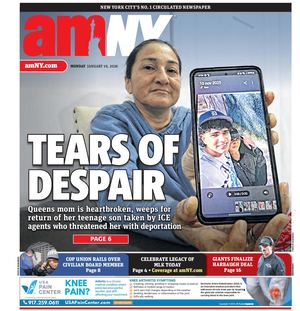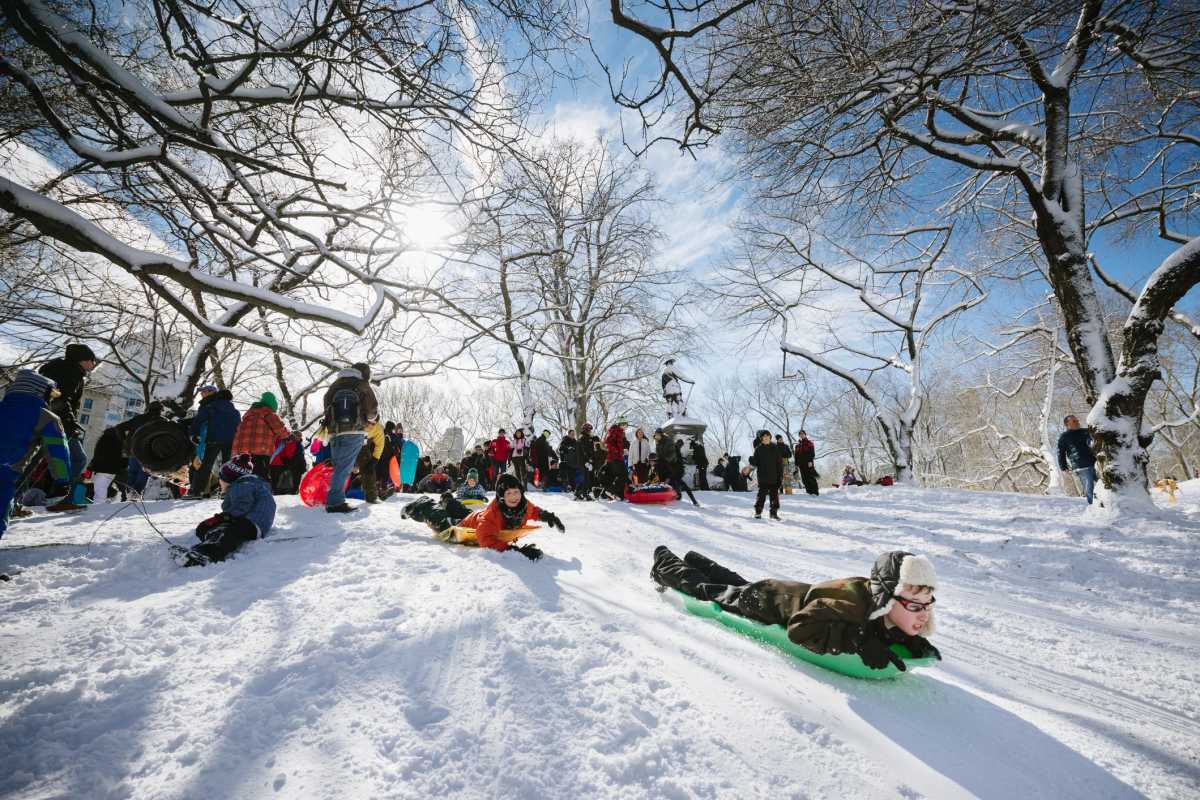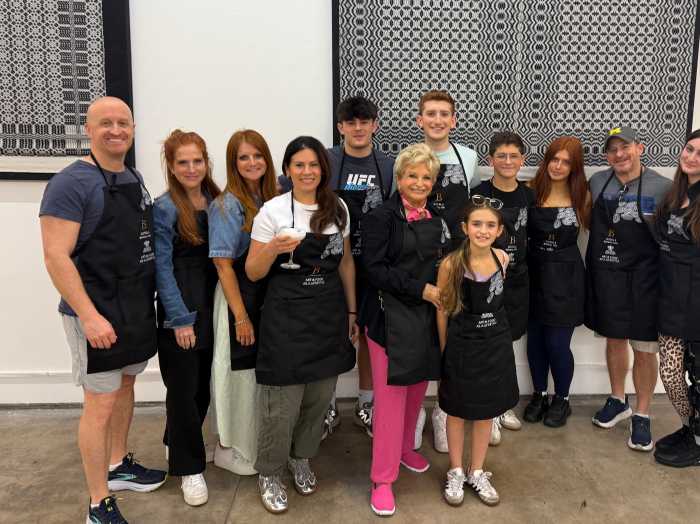The American Museum of Natural History is shaking things up in its Discovery Room.
The institution will unveil a new Seismology Lab in the children’s space on June 23 which incorporates digital technology designed to teach kids about earthquakes.
Jessie Contour, a Helen Fellow in the museum’s BridgeUp: Stem program for post-baccalaureate women, created the permanent installation as part of her capstone project after seeing a need for some modernization in the Discovery Room.
“One of the needs for the space was to bring back excitement and engagement, and I saw the opportunity to bring in modern technology,” said the Harlem resident, 27, who wraps up her yearlong fellowship at the museum this month. “Before, there wasn’t a lot that the kids could play with; I think that’s really important for an educational space for children — it should be something that you could touch and explore.”
To that end, Contour replaced a map that shows real-time earthquake activity across the globe with an interactive, digital one that kids can search through on their own.
“That [old] map is, I think, tried and true — it does its job communicating where earthquakes in the world are happening — but it doesn’t allow you the opportunity for exploring yourself,” said Contour, who built a program from the ground up using programming languages such as JavaScript.
Like the original, the revamped map pulls in real-time data on seismic activity from the Incorporated Research Institutions for Seismology (IRIS) and geological data from research stations across the country. But visitors can now filter through the data by factors such as location, time and earthquake magnitude.
There’s a lot to look at — an estimated 500,000 detectable earthquakes occur in the world each year, according to the United States Geological Survey.
“I know for me when I was building the map … and saw how many earthquakes have happened that day — there are moments where you are surprised by what you learn,” Contour said.
The Seismology Lab is geared toward children ages 8 and up. Making the assumption that most kids by that age will be familiar with computers, Contour felt comfortable incorporating technology. But she knows kids have a lot of energy, so the installation also features an interactive section where kids can see how earthquake waves travel through the earth by moving Slinkys, plungers and water.
“They want to be able to rattle something around,” she said.
IF YOU GO
The Discovery Room at the American Museum of Natural History is located on the first floor between the Grand Gallery and the Warburg Hall of New York State Environment | hours vary, free passes for 40-minute timed sessions are available at the Discovery Room entrance | suggested museum general admission $22/adults, $17/seniors and students, $12.50 ages 2-12 | Central Park West at 79th Street, 212-769-5100, amnh.org



































